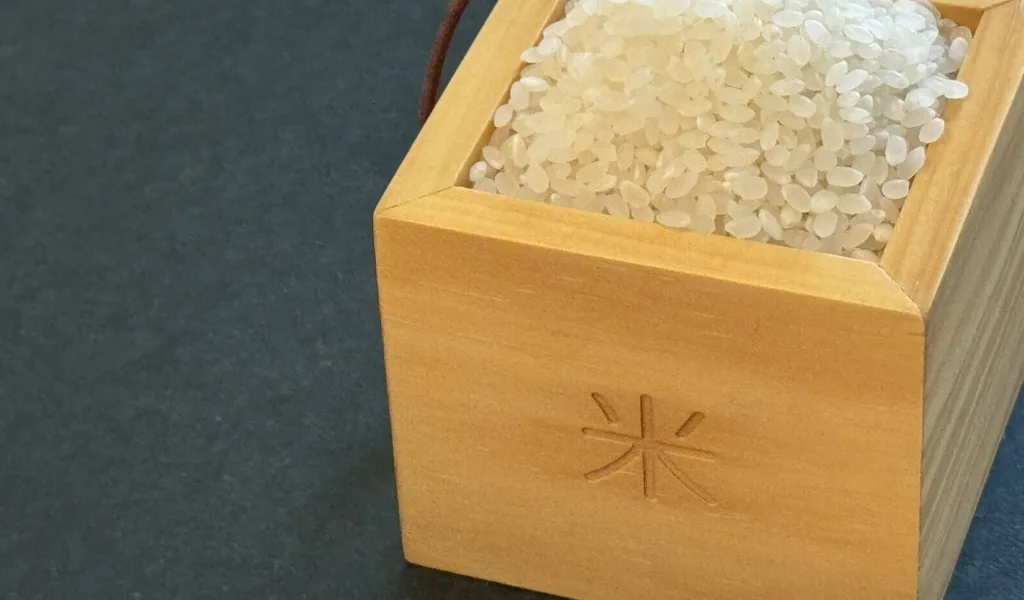More than just a side dish—rice is the heart of Japanese cuisine
When you think of Japanese food, you might imagine sushi, ramen, or tempura. But behind almost every traditional Japanese meal is a humble yet essential foundation: white rice. Soft, glossy, and slightly sticky, Japanese rice isn’t just a background player—it’s the star that brings every dish together. In this article, I will explore what makes Japanese white rice unique, how it fits into the Japanese way of eating, and why regions like Nagano produce some of the best rice in the country.
What Makes Japanese Rice Different?
Japanese rice (known as hakumai) is a short-grain variety that stands out from the long-grain rice commonly eaten in other parts of the world. Once cooked, the grains become slightly sticky and glisten with moisture, making them easy to eat with chopsticks and perfect for forming sushi or rice balls.
Compared to drier varieties like basmati or jasmine, Japanese rice requires more water when cooking. This helps it achieve its signature fluffy-yet-sticky texture. Popular varieties include Koshihikari, known for its sweetness and springy bite, and Hitomebore, which is a little softer and equally flavorful. These strains have been cultivated for generations to match the delicate flavors of Japanese dishes.
Rice as the Center of the Japanese Meal
In Japanese culture, rice isn’t just a side—it’s the foundation of the meal. The traditional style of dining, called Ichiju Sansai (one soup, three side dishes), always revolves around a bowl of plain white rice. Each side dish—whether it’s grilled fish, pickled vegetables, or simmered vegetables—is designed to pair beautifully with rice, enhancing its natural sweetness without overpowering it.
While bread and pasta often carry strong flavors on their own, Japanese rice remains intentionally simple. Its mild taste and sticky texture help balance stronger or saltier side dishes. That’s why so many Japanese recipes are developed with rice in mind—it’s all about harmony on the plate.
Rice Beyond the Bowl
Japanese white rice is incredibly versatile. While a simple bowl of steamed rice is served with nearly every meal, it also plays the lead role in many other traditional dishes:
- Sushi – seasoned with vinegar and sugar, perfect for pairing with fish
- Donburi – rice bowls topped with meat, vegetables, or tempura
- Takikomi Gohan – rice cooked together with vegetables, mushrooms, or seafood
- Maze Gohan – cooked rice mixed with flavorful ingredients
Whether you’re enjoying a casual home-cooked meal or a formal kaiseki course, rice is always there—quietly supporting every flavor.
Nagano: An Underrated Rice Paradise
While Niigata and Akita are well-known rice-producing areas, Nagano Prefecture is also home to some of Japan’s most delicious rice. Nestled in the mountains of central Japan, Nagano offers the perfect conditions for rice farming: clean snowmelt from the Japanese Alps, nutrient-rich soil, and wide temperature swings between day and night.
These conditions make the rice especially delicious. The pure snowmelt water from the Japanese Alps not only nourishes the rice paddies but is also used in brewing premium sake. In fact, Nagano is also a major producer of sake rice, which is different from regular table rice. Sake rice—known as shuzo kotekimai—has larger grains with a soft starch core, ideal for brewing. Local varieties such as Miyama Nishiki and Hitogokochi are especially prized by sake brewers for their ability to produce clean, well-balanced flavors.
This makes Nagano a rare region that excels in both high-quality eating rice and rice grown specifically for sake production. Rice from this area is truly a hidden gem—enjoyed in meals and in every sip of sake.
Rice as a Reflection of Japanese Life
Japanese rice is much more than just food—it’s a reflection of the culture, the seasons, and the balance that defines Japanese cooking. It’s something that nourishes not only the body, but also the spirit. If you’ve only tried rice as a side dish, try making it the star of your next meal.
And if you ever visit Nagano, don’t forget to try the local rice—you might discover a whole new appreciation for something that seems so simple. Sometimes, the most basic ingredients hold the deepest stories.
